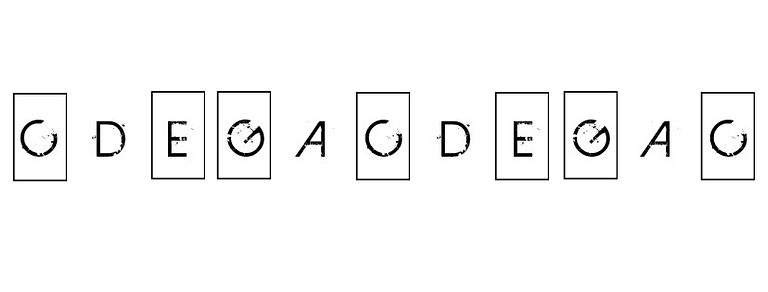Improv for Beginners part 3
I hope this series on Improv for Beginners has been helpful to you and your students. The 3 parts in this series is obviously not the only steps necessary in introducing and teaching improvisation to a beginner. There are a number of good sources and educators that specialize in beginners. If you or your students would like additional lessons and/or coaching, please feel free to contact me. I am also available to do clinics and masterclasses from Middle School-College/University level.
The 3rd part of Improv for Beginners is where I would introduce some basic theory and guide tones (as well as the different tools you can use to target those guide tones). In the three elements of music (Rhythm, Melody and Harmony) this would be the last piece I would introduce to students. It is my belief that a beginner should start on Rhythm and Melody before talking about Harmony. One of the very first tips ever made on this site (almost 3 years ago) was on this very topic. While some of it was copied over to save time, there are a few visual updates to this one to help with beginners.
If you’ve ever heard someone improvise and it sounds like they’re wandering….guess what? They probably are. One of the reasons improvisers wander is because they’re not aiming at specific targets. What are good targets, you ask? Guide Tones, of course! But, before you can talk about guide tones you need to explain to beginners what a chord is and how they are made. Below are two graphics I use from my book Targeting: Improvisation With Purpose.

The above picture represents a key scale (in this case C) moving up from the root note. Each scale step is assigned a number representing a scale degree. Don’t worry about the F# as the #11th scale degree with beginners for now. That comes up later in theory, but it is important for them to see the scale degrees and noting that the root, 3rd and 5th (which are the foundations of a chord) do not get re-numbered. Which brings us to the second graphic of separating the root, 3rd, 5th (and 7th) scale degrees to make the chord. These notes tell you the quality (major, minor, diminished, augmented, etc) of the chord.

This post is not an entire theory on harmony so if you need help with talking about the different chord types there are plenty of great materials and websites that go into that subject.
You may be wondering from what I initially wrote about guide tones and what they are… traditionally speaking, a guide tone is either the 3rd or the 7th of the chord of the moment. However, if you’ve ever listened to great improvisers…they never limit themselves to just the 3rd or the 7th (but they’re a GREAT place to target if you’re starting out). They often expand their guide tones or targets out to other chord tones or upper structures (i.e. root, 3rd, 5th, 7th, 9th, etc).
Take a song you are working on and figure out all of the 3rd and 7ths (guide tones or targets) for each chord. When you are practicing your improvisation with that song, target or aim with purpose for those guide tones. Just targeting the 3rd and the 7th is not going to make you an instant improvising sensation. But, they will help keep you on track of your improvisation and limit your wandering. One way to think about this is like planning a road trip on a map. You’re leaving point A (the beginning of your improvisation) and need to get to point Z (then end of your improvisation). You need destination points along the way to gas up or to eat. Those destination points are targets on your map. Those targets in your improvisation are your guide tones!
For more information on what tools you can use to get to your targets, check out Targeting: Improvisation With Purpose.
These three subject areas (and the order I mentioned them) are a great way to start a beginner out on their improvisation journey. If you or your students need additional help, please feel free to contact me and check out my books. I hope these have added value and benefit to you and your students!
Thank you for taking the time to read this blog/post. As a thank you I wanted to give you a FREE MP3 from the JKQ. Simply click the button below and fill out the short form and you’ll have it in just a few short moments!






